As the saying goes, mother knows best, especially when it comes to eating your vegetables. Even though our parents might only know the general truth that vegetables are vital to a well-balanced diet, do they really know how healthy they are?
Before doing any research on these vegetables that come from East Asia, even I never knew how many benefits a single vegetable could have. From making your hair shinier to preventing cancer, check out why these asian superveggies are worth picking up on your next grocery run.
1. Shiitake Mushrooms
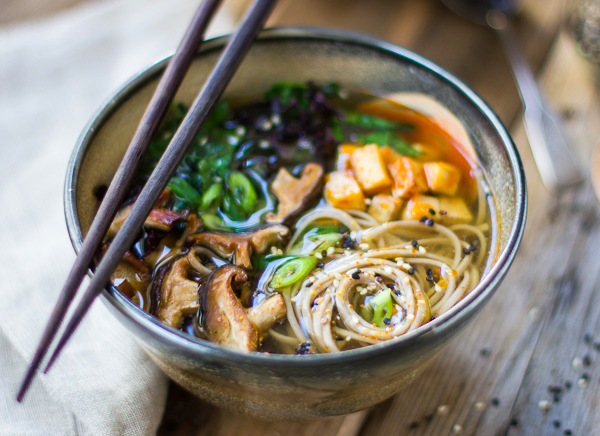
Photo courtesy of bojongourmet.com
Shiitake mushrooms can be included in a variety of dishes such as soups, pasta, and hot pot dinners — it can even be turned into bacon.
These mushrooms are a good source of iron, so if you are vegetarian or vegan, Shiitake mushrooms will be your best friend. They’re rich in B vitamins, as well as zinc, manganese, vitamin D and dietary fiber, which is good for digestion. Shiitake is also known for preventing cardiovascular diseases.
2. Daikon Radish
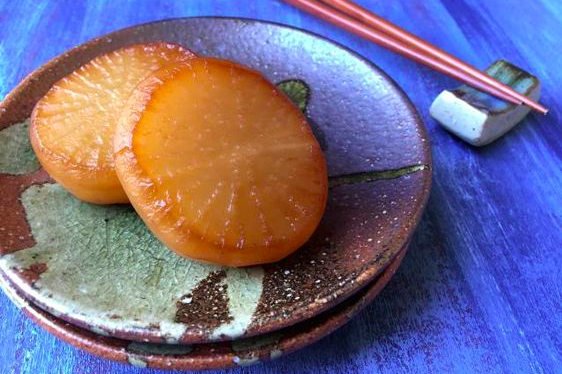
Photo courtesy of japanesefood.about.com
If you love to pickle or braise your food, you should definitely include daikon on your list. Known to be a superfood, daikon is popular in East Asian cooking. Its benefits include supporting respiratory, digestive, heart, bone, and skin health. It also detoxes the body, which means it is good for weight loss, too. Its vitamin C strengthens the immune system, and it even contains special minerals that can prevent cancer.
3. Lotus Root
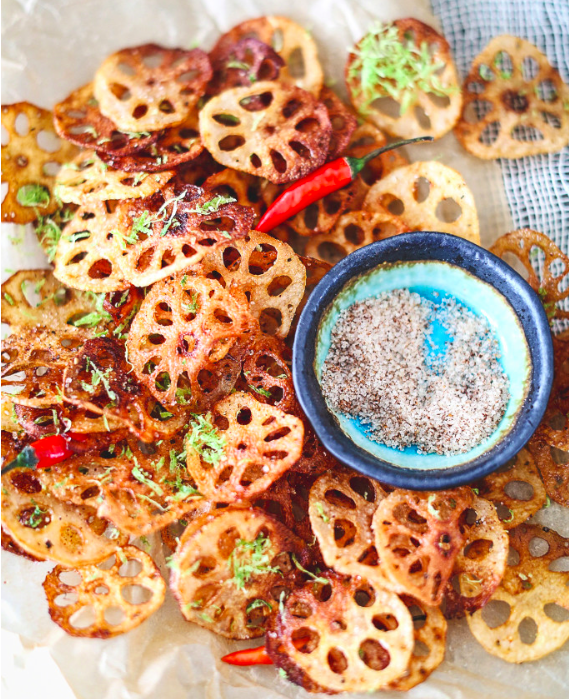
Photo courtesy of circahappy.com
Studies have shown that this unique root helps control nervous irritability, like headaches and tension, and is also full of vitamin C, so it can help boost your energy as well as help improve your immune system. With its healthy minerals, lotus root can also reduce the risk of heart attack.
With the same texture as a water chestnut, the lotus root can be substituted into your next water chestnut recipe. You can also slice it thinly to make your own light and crispy lotus root chips, or you can include it in stir fry, soups, or just enjoy them steamed.
4. Enoki Mushrooms
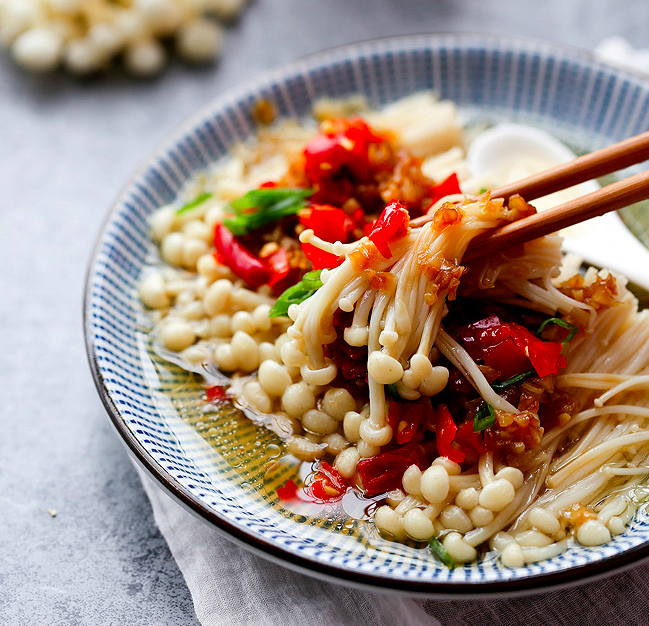
Photo courtesy of Chinasichuanfood.com
Even though Enoki mushrooms are the smallest (so consequently, the cutest) mushrooms you’ll ever eat, these ‘shrooms actually contain more benefits than any other vegetable on this list. You can enjoy these adorable mushrooms in pan-fried or in the hot pot, and basically in any Asian soup. You can also devour them by simply steaming them.
This mushroom has been used in Chinese and Japanese medication for hundreds of years. For instance, Enoki is used to help with liver disease and stomach pains. Enoki mushrooms were found to help control high cholesterol levels and high blood pressure levels. They also prevent allergies and heighten your metabolism, which helps with weight loss.
If you’re looking for something to snack on during finals week, make sure to pack some of these mushrooms, because they actually promote mental development as well as enhance your memory.
5. Kabocha

Photo courtesy of pannacooking.com
Similar to butternut squash, kabocha is actually a Japanese pumpkin. It is often used in assorted tempura dishes, curry, pasta and desserts. You can also enjoy this pumpkin by simply roasting it.
Kabocha promotes eye, skin and hair health, and is a rich source of vitamin A. It also helps improve your immune system and aid digestion.
6. Kombu
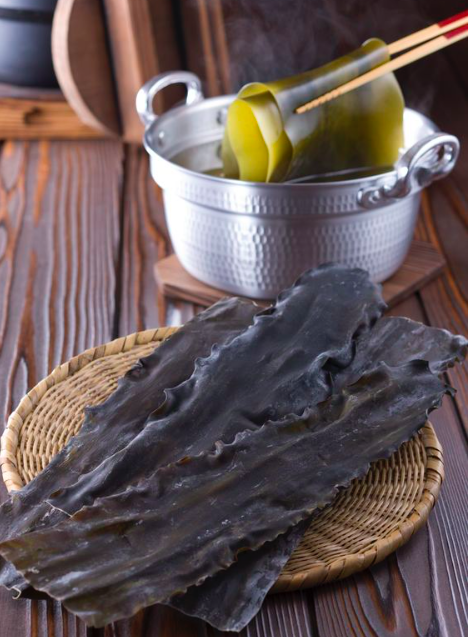
Photo courtesy of washingtonpost.com
Kombu is the powerhouse of the sea. The Japanese eat this kelp to add shininess to their hair and replenish their skin. Other benefits include skeletal function support, with loads of calcium, iron and iodine supplier. Kombu also helps with eye health, boosts metabolism, and lowers risk of estrogen-related cancers, such as breast cancer.
You can include kombu in soups, in your rice, or in some awesome broths.
7. Satoimo
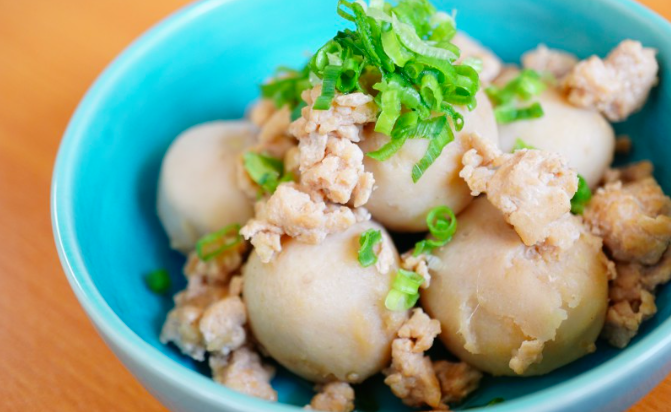
Photo courtesy of oishi-washoku-recipes.com
Satoimo is the Japanese sweet taro. People who have trouble with eating weird textures such as sliminess: this might freak you out. Aside from its funky texture, satoimo’s high concentration of hyaluronic acid helps regenerate skins cells, which may hold the key to anti-aging. It is also high in dietary fiber and potassium, so it will help with digestion and lower blood pressure.
You can include satoimo is your next braising recipe, add it into soups, or even deep fry it.
It’s amazing how simple these veggies are, but when it comes to digesting them, they can do wonders.

Photo courtesy of Giphy.com


